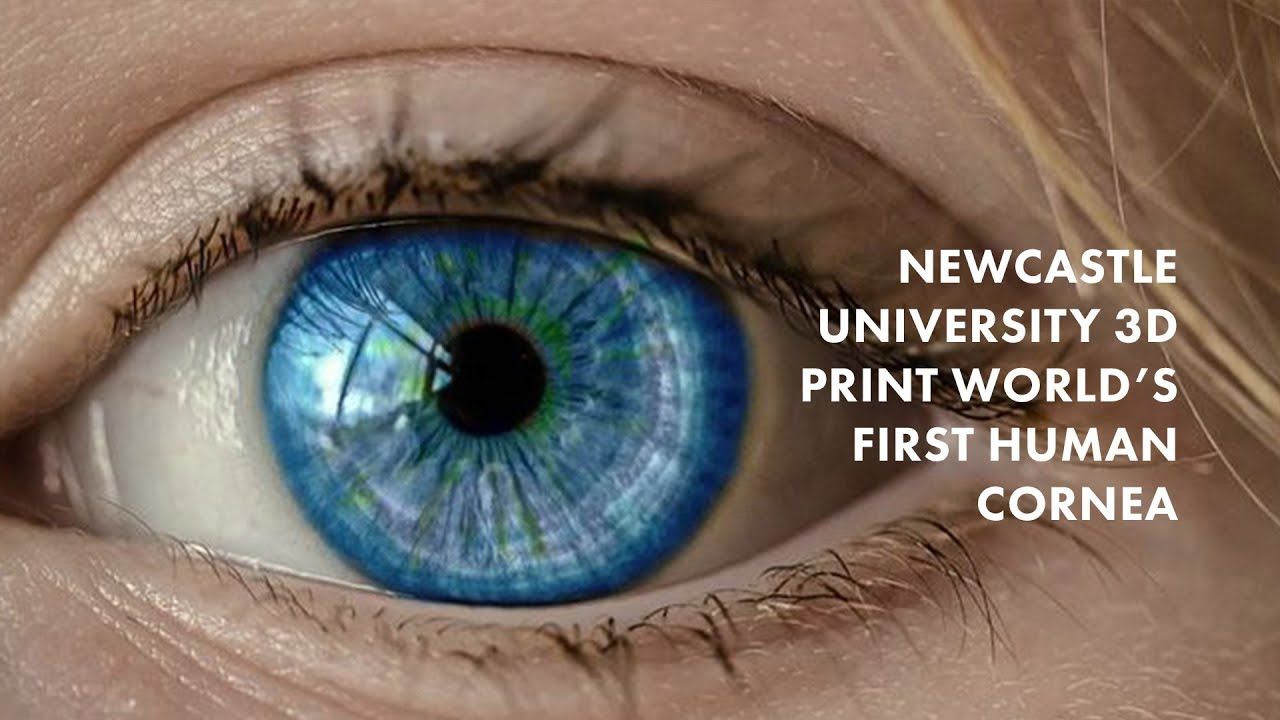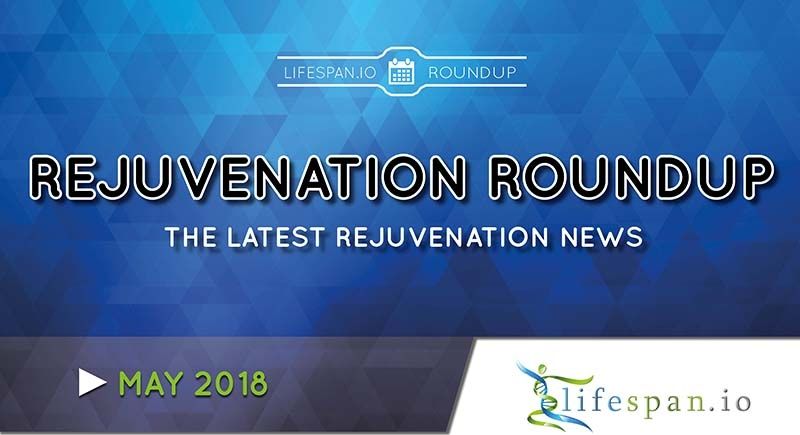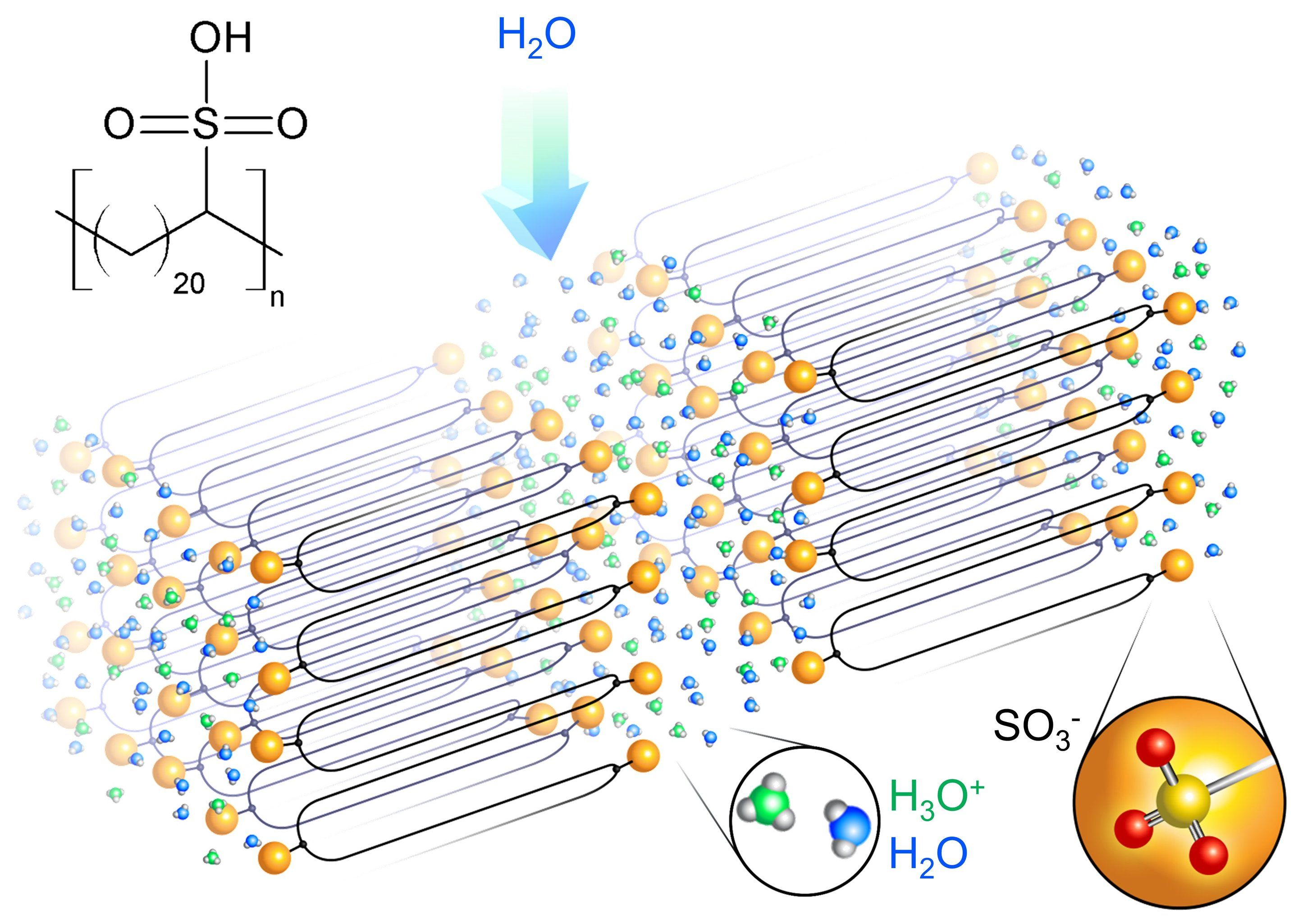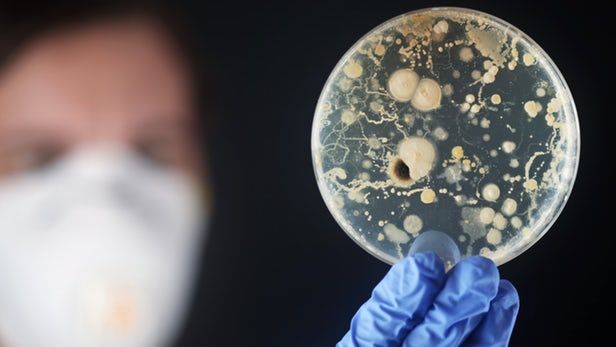Jun 1, 2018
World’s first 3D-printed cornea made from algae and human stem cells
Posted by Klaus Baldauf in categories: 3D printing, bioengineering, biotech/medical, cyborgs, transhumanism
The human eye is a remarkably sophisticated organ and like the lens to a camera, it’s the cornea that focuses the flood of photons into a perceptible image. But for an estimated 15 million people around the world, eye disease and trauma make surgery the only path to clear vision.
In the next few years, artificial corneas may become more accessible thanks to new research out of Newcastle University in the United Kingdom. There, researchers mixed stem cells from the cornea of a healthy donor with collagen and algae molecules to create a bio-ink, which they 3D-printed into an artificial cornea. The research is currently just a proof-of-concept but lays the groundwork for future techniques to create low-cost, easy-to-produce bionic eyes.
Continue reading “World’s first 3D-printed cornea made from algae and human stem cells” »


















